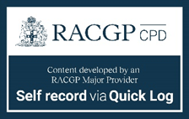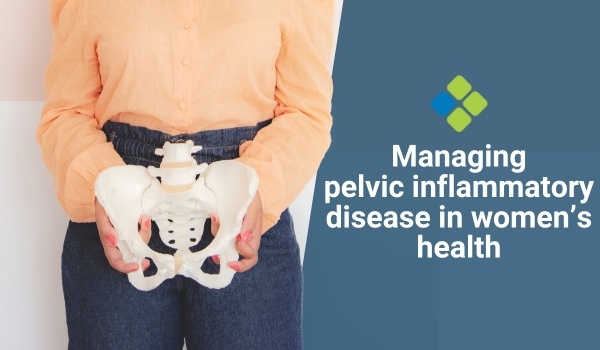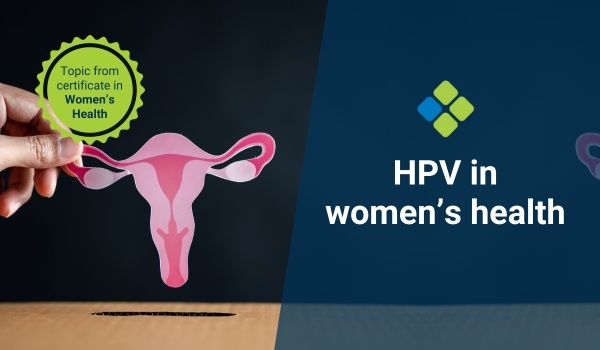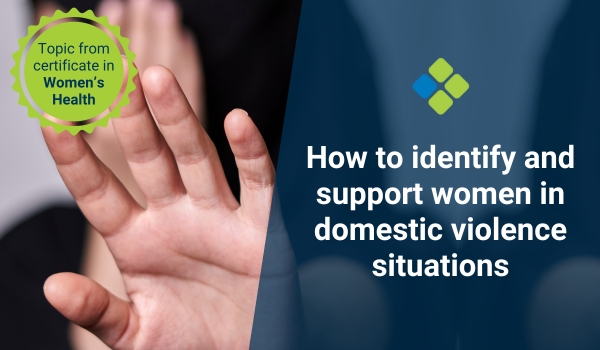How to manage HIV in women's health
Read how GPs can help prevent the transmission of HIV and provide early diagnoses, ongoing treatment, and additional awareness and support for females.
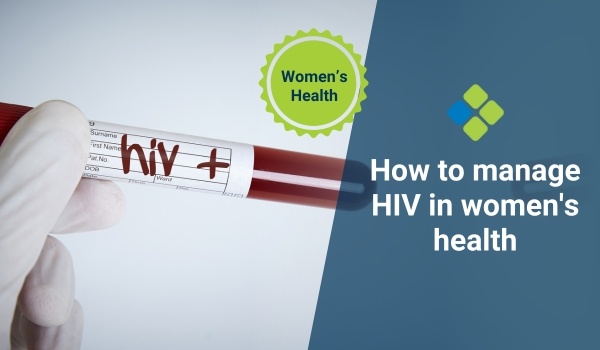
HealthCert Education
Women make up just over 11% of people living with HIV (PLHIV) in Australia, with approximately 3,680 women affected. HIV presents unique challenges for women in screening, diagnosis, management, and prevention. As of 2022, an estimated 7% of women with HIV remain undiagnosed, highlighting the need for better access to testing and targeted prevention strategies.
GPs play a crucial role in HIV prevention for women.
HIV transmission
HIV can be transmitted through childbirth, breastfeeding, sexual contact, sharing injecting equipment, or occupational exposure, such as needlestick injuries.
One of the most common transmission routes for women is unprotected sex. Therefore, educating women on the importance of using condoms for vaginal and anal sex is essential. Condoms are often available for free at sexual health clinics for eligible women.
PrEP
For women at higher risk of contracting HIV, pre-exposure prophylaxis (PrEP) is an additional preventive measure. PrEP is a daily medication that significantly reduces the risk of HIV acquisition. It may be suitable for women engaging in higher-risk activities like injecting drugs or sex work. GPs should be able to identify women who might benefit from PrEP and discuss this option with them.
Early diagnosis
Early diagnosis of HIV is another critical aspect of a GP’s role. Diagnosing HIV early enables HIV-positive individuals to begin antiretroviral therapy (ART) promptly, which leads to a normal life expectancy for most. Routine testing for HIV and sexually transmitted infections (STIs) should be encouraged, especially for women in higher-risk groups. GPs should aim to normalise STI testing as part of regular health checks, particularly for women who may not be aware of their HIV status.
Potential HIV exposure
In cases of potential HIV exposure, GPs should be familiar with post-exposure prophylaxis (PEP). PEP involves taking antiretroviral medication for 28 days after a possible HIV exposure. If started within 72 hours of exposure, PEP significantly reduces the chance of infection. GPs should assess women on a case-by-case basis, providing timely and non-judgmental support for those who may have been exposed.
HIV treatment
For women diagnosed with HIV, early ART treatment reduces the viral load, often to undetectable levels, preventing further transmission. While an HIV specialist usually manages lifelong ART prescriptions, close collaboration between the GP and the specialist is vital. GPs monitor the overall health of women living with HIV, e.g. monitoring weight and BMI, and may also conduct regular tests for liver and kidney function and check viral load and CD4 counts.
GPs should also support women with routine screenings, such as for cervical and breast cancer. GPs are also essential in promoting ART adherence and managing any side effects related to either HIV or ART.
Legal considerations
GPs must also be aware of the legal considerations when caring for women with HIV. They are legally obligated to maintain confidentiality about their patients' HIV status. However, with consent, GPs may also play a role in contact tracing or partner counselling.
Additional support
Finally, GPs are in a unique position to raise awareness about HIV and help reduce the stigma and discrimination often associated with the virus. By educating women about HIV, dispelling myths, and fostering a more supportive community response, GPs contribute to better individual health outcomes and broader public health efforts to combat HIV-related stigma.
Dr Samantha Miller, MBChB
Learn more about this topic in the HealthCert online Professional Diploma program in Women's Health
Read more articles like this one on prevalent topics in Women's Health.
Engaging with this blog can help meet your annual
|
|
|
• Kirby Institute (2022). HIV Data Dashboard https://www.data.kirby.unsw.edu.au/hiv
• Kirby Institute (2023). HIV, viral hepatitis and sexually transmissible infections in Australia Annual surveillance report 2023 https://www.kirby.unsw.edu.au/research/reports/asr2023
• Australasian Society for HIV, Viral Hepatitis and Sexual Health Medicine (ASHM)(2020). General Practitioners and HIV. https://ashm.org.au/resources-repo/HIV/gp-hiv-20/ASHM_HIV_GPsHIV_vFinalUpdated_Apr20.pdf
• Australasian Society for HIV, Viral Hepatitis and Sexual Health Medicine (ASHM)(2021). HIV Shared Care and GP Management Plan. https://ashm.org.au/wp-content/uploads/2022/04/ASHM-HIV-Care-Guide-FA_web.pdf
• Australasian Society for HIV, Viral Hepatitis and Sexual Health Medicine (ASHM)(2024). HIV Management Guide for Clinical Care. https://hiv.guidelines.org.au/hiv-management/
• Royal Australian College of General Practitioners (RACGP)(2021). Prescribing pre-exposure prophylaxis in general practice. https://www1.racgp.org.au/ajgp/2021/july/prescribing-pre-exposure-prophylaxis-in-general-pr

 1800 867 1390
1800 867 1390
